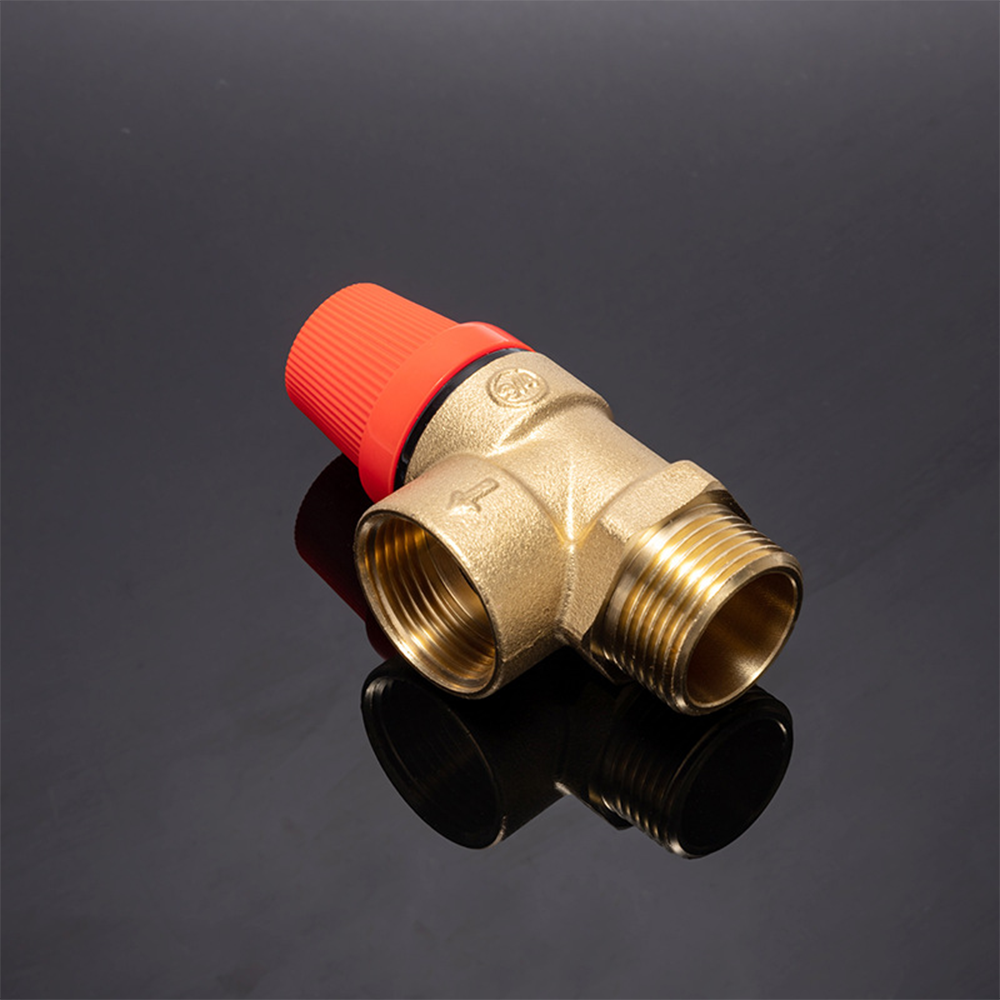Struggling to choose the right marine boiler safety valve for your vessel? A wrong choice could lead to boiler failure, costly downtime, or even catastrophic accidents. Don’t worry—our guide breaks down the types of safety valves, their roles, and key requirements, helping you make informed decisions to keep your operations safe and efficient. Read on to find the perfect solution!
Marine boiler safety valves come in three main types: spring-loaded, lever-loaded, and pilot-operated. Spring-loaded valves use a spring to control pressure release, lever-loaded rely on a weighted lever, and pilot-operated valves use system pressure for precise control. Each type ensures boilers operate safely by releasing excess pressure, preventing explosions.
Curious about how these valves work and what regulations guide them? Let’s dive deeper into their legal requirements, essential features, and standards to ensure your boiler’s safety and compliance.

What Is the Law of Safety Valve?
Safety valves for marine boilers are governed by strict international and regional regulations to ensure vessel safety. The International Maritime Organization (IMO) and classification societies like Lloyd’s Register and DNV set standards for valve design and performance. These laws mandate that every marine boiler must have at least two safety valves to release excess pressure and prevent explosions. The valves must be certified, regularly inspected, and tested to ensure they function under high-pressure conditions.
A key regulation is the ASME Boiler and Pressure Vessel Code (Section I), which outlines design and testing protocols. It requires valves to open at a set pressure and close once safe levels are restored. This is critical to avoid overpressure, which could damage the boiler or endanger the crew. For example, the pressure relief valve diagram often shows how valves connect to the boiler system, ensuring proper pressure release.
Compliance with these laws isn’t just about avoiding fines—it’s about protecting your crew and vessel. Regular maintenance and understanding the difference between pressure relief valve and pressure reducing valve (the former releases excess pressure, the latter maintains steady downstream pressure) ensure your valves meet legal standards and perform reliably.
What Are the 5 Requirements of a Safety Valve?
Marine boiler safety valves must meet five critical requirements to ensure safety and efficiency:
- Quick Response Time: Valves must open instantly when pressure exceeds safe limits. A delay could lead to boiler damage or explosions. Spring-loaded valves, for instance, are designed for rapid action, as shown in a pressure relief valve diagram.
- Accurate Pressure Control: The valve must open at the precise set pressure and close once safe levels are restored. This is where understanding the pressure relief valve and pressure reducing valve symbol helps engineers identify the right valve for the job.
- Durability: Marine environments are harsh, with saltwater corrosion and vibrations. Valves must be made of robust materials like brass or stainless steel, as used in IVALVECRAFT’s brass safety valves, to withstand these conditions.
- Leak-Proof Design: A valve must seal tightly when closed to prevent pressure loss. This is critical for maintaining boiler efficiency and avoiding energy waste.
- Compliance with Standards: Valves must meet regulations like ASME or ISO standards, ensuring they’re tested for performance. The pressure reducing valve working principle (regulating downstream pressure) differs from safety valves, which focus on emergency pressure release.
These requirements ensure your boiler operates safely and efficiently. For detailed comparisons, check resources like a difference between pressure relief valve and pressure reducing valve PDF to understand their unique roles.
What Is the NFPA for Pressure Safety Valve?
The National Fire Protection Association (NFPA) provides guidelines for pressure safety valves, particularly through NFPA 85: Boiler and Combustion Systems Hazards Code. While primarily focused on land-based boilers, its principles are often referenced for marine applications due to shared safety concerns. NFPA 85 emphasizes proper valve sizing, installation, and maintenance to prevent overpressure incidents.
For marine boilers, NFPA guidelines suggest that safety valves must be sized to handle the boiler’s maximum steam output. This ensures they can release excess pressure without compromising the system. The pressure relief valve and pressure reducing valve symbol helps engineers identify compliant valves during installation. Unlike a pressure reducing valve, which maintains consistent downstream pressure (as explained in the pressure reducing valve working principle), safety valves are designed for emergency pressure release.
NFPA also requires regular testing and documentation, ensuring valves function under extreme conditions. For example, a hydraulic pressure relief valve might be used in specific marine systems, but its role differs from standard safety valves. Understanding these standards helps you choose valves that meet both NFPA and maritime regulations, ensuring safety and compliance.
Summary
Marine boiler safety valves are critical for safe vessel operation, with spring-loaded, lever-loaded, and pilot-operated types serving distinct roles. Governed by laws like the ASME Code and IMO standards, these valves must meet strict requirements for quick response, durability, and compliance. NFPA guidelines further emphasize proper sizing and maintenance. By understanding these factors and the difference between pressure relief valve and pressure reducing valve, you can ensure your boiler’s safety and efficiency. For high-quality solutions, trust IVALVECRAFT’s brass safety valves, designed for reliability and performance.
Choose IVALVECRAFT, choose reliable partner, enjoy the high quality and best service.


